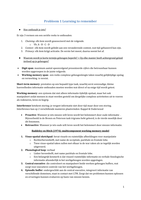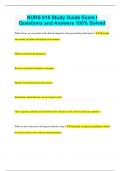Samenvatting
Political Business Strategy - Summary - Prof. Crombez - 2023
All-inclusive summary of the course Political Business Strategy at KU Leuven, by Prof. Crombez. Real structured notes structured along the Professors' course. Reviews are appreciated!
[Meer zien]












